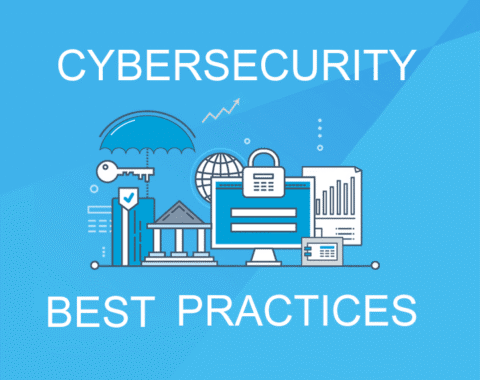Seems like “storm” season is every season nowadays. From crippling snow storms in October to inland hurricanes and macrobursts that knock out power for days or even weeks, what we once called once-in-a-life-time storms seem to be par for the course of doing business today. And climate research suggests we can expect this amplification will continue.
At one time, preparing for storms meant protecting your business with sandbags and plywood. But today, it is the loss of data and tech appliances that will reduce a business to rubble. Dry bags and plastic tape can only do so much to prevent hardware damage. While some industries have regulations in place to ensure business continuity (like HIPAA for heal
thcare), too many small to midsize businesses have no business continuity or disaster recovery plans.
IT pros are always prepared for the next big storm by having a backup plan to protect their organization’s data and equipment from extreme weather and other natural disasters. An off-site backup solution with reliable recovery abilities is critical to business continuity and disaster recovery after a storm or power outage. In addition, we’ve put together this natural disaster prep checklist that will help you protect your business when the next “once-in-a-lifetime” storm hits. Being prepared is your best defense!
Take Inventory
Making an inventory of every valuable piece of equipment on the premises should be followed by an evaluation of hardware and software assets and data. The inventory should include make, model, operating systems, network devices, serial numbers and licenses owned. The information needs to be stored off-site or through a cloud-based system. The U.S. Internal Revenue Services offers an example of an inventory sheet for goods, along with advice on how to prepare for emergencies. They recommend videotaping all valuable goods on-premises, so that you can claim insurance easily in case of material damage.
Back Up On-site and Off-site
Off-site data backup is a good option if the storm threatens to hit hardware devices storing critical data. Some backup and recovery companies make sure that their data centers are stored in mainland areas, where hurricanes or tornadoes rarely occur, and that they are not set in known fault line areas, to safeguard from earthquakes. Backing up data off-site is a great business practice, protecting against a whole range of disasters, like storms, fires, and even systems being taken over by ransomware attacks.
Replicate to the Cloud
Online backups of virtual machine images can be a saviour to a business. Cloud technology has made it possible to have remote access to your data and files from anywhere. System administrators can get employees up and running swiftly, even if they have to work remotely in case they can’t get to the office or the office is not functional.
Test Backups & Recovery Regularly
New technology has made it incredibly easy to test the recovery of systems with virtual machines. You could say there’s “virtually” no reason not to test your backups regularly. Tests make sure that any data stored in backups can be restored quickly, so that businesses can get up and running fast after a weather event.
Protect Electronics
Aside from securing windows and doors to buildings, there are additional steps IT admins can take to protect electronics from weather damage:
- Move electronics to a safe room;
- Move electronics off the ground, to protect from flooding;
- Shut down computers and unplug machines and power surges;
- Unplug Ethernet cables from computers or docking stations;
- Power off printers or any other accessories;
- Use dry bags or wrap electronics in plastic to ensure some short-term protection.





